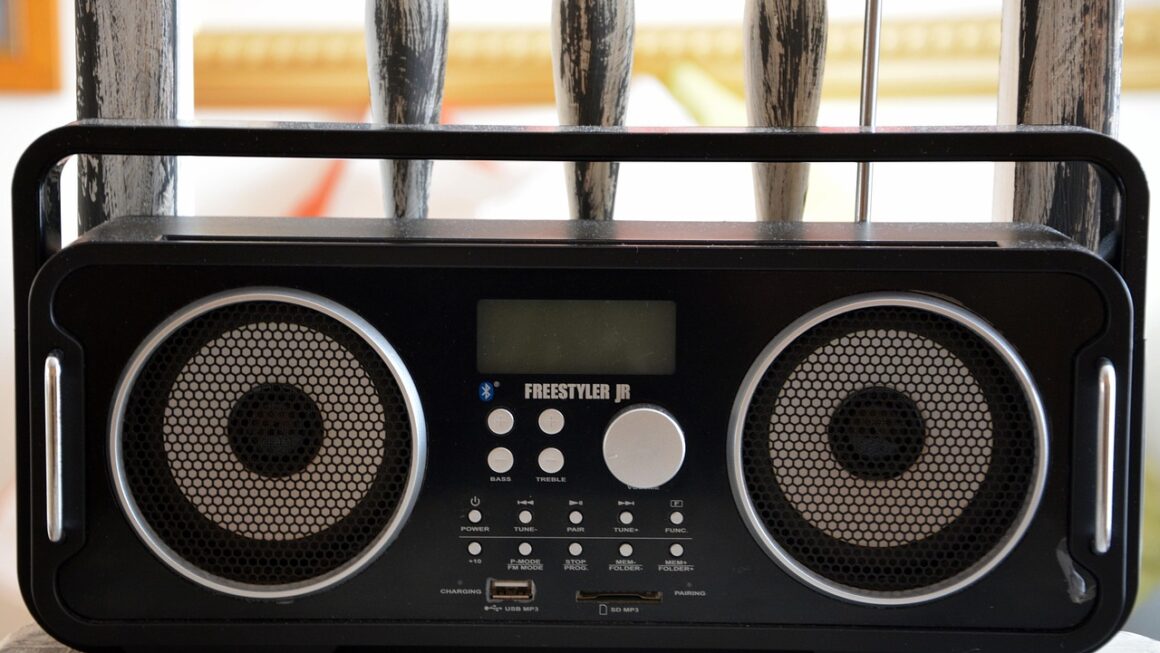The thrill of a new song dropping, the anticipation before an album release, the buzz surrounding a fresh EP – it’s all part of the magic of music. But behind every captivating track and eagerly awaited release lies a complex and multifaceted process. Understanding the intricacies of music releases, from planning and production to promotion and distribution, is crucial for artists, managers, and anyone involved in the music industry. This guide will navigate you through the essentials of a successful music release, helping you cut through the noise and maximize your impact.
Planning Your Music Release: Laying the Foundation
A well-executed release strategy is the cornerstone of success. Rushing into a release without a solid plan is like sailing without a map – you might get somewhere, but you’re unlikely to reach your desired destination.
Defining Your Goals and Target Audience
- Goals: What do you hope to achieve with this release? Increased streaming numbers? Expanded fanbase? Media coverage? Securing licensing opportunities? Clearly defining your goals provides a benchmark for measuring success. For example, instead of just saying “Get more streams,” aim for “Increase Spotify monthly listeners by 20% within the first month.”
- Target Audience: Who are you trying to reach? Understanding your target demographic’s preferences, listening habits, and online behavior is critical for crafting a relevant and impactful campaign. For instance, knowing your audience prefers TikTok over Instagram will influence your promotional strategy.
Setting a Realistic Timeline
- Timeline: Allocate ample time for each stage of the release process, from recording and mastering to marketing and promotion. A typical timeline might look like this:
3-6 Months Before: Recording, mixing, mastering.
2-3 Months Before: Artwork design, metadata preparation, choosing a distributor, setting up pre-saves.
1-2 Months Before: Music promotion begins (social media teasers, pitching to playlists, reaching out to media).
Release Week: Execute planned marketing activities, monitor performance, engage with fans.
Post-Release: Continue promotion, track results, plan next steps.
- Flexibility: Be prepared to adapt your timeline as needed. Unforeseen circumstances can arise, so build in buffer time to account for potential delays.
Budgeting and Financial Planning
- Budget Allocation: Determine how much you can afford to spend on each aspect of the release, including recording, mixing, mastering, artwork, promotion, and distribution.
- Funding Sources: Explore potential funding sources such as grants, loans, crowdfunding, or personal savings.
- ROI Considerations: Project potential return on investment (ROI) for different promotional activities. For instance, running targeted Facebook ads might yield a higher ROI than simply boosting posts.
Production and Mastering: Ensuring Quality Sound
The quality of your music is paramount. A poorly produced track will struggle to gain traction, regardless of how strong your promotional efforts are.
Professional Recording and Mixing
- Studio Selection: Choose a recording studio that aligns with your musical style and budget. Consider factors such as the studio’s equipment, acoustics, and engineer’s experience.
- Mixing Engineer Collaboration: Work closely with your mixing engineer to achieve the desired sound. Provide clear direction and feedback throughout the mixing process.
- Stem Mixing: If possible, ask for the stems of your songs. This will allow remixers to have freedom.
Mastering for Different Platforms
- Mastering Engineer Expertise: Hire a reputable mastering engineer who understands the nuances of mastering for different platforms, such as Spotify, Apple Music, and radio.
- Loudness Standards: Be mindful of loudness standards. Streaming platforms often apply loudness normalization, so aim for a dynamic and engaging mix without excessive loudness.
- Platform-Specific Mastering: Some mastering engineers offer platform-specific mastering, tailoring the sound to optimize playback on different streaming services.
Distribution: Getting Your Music Out There
Choosing the right distribution method is essential for reaching your target audience and maximizing your earning potential.
Choosing a Distributor
- Distribution Platforms: Research different music distribution platforms, such as DistroKid, CD Baby, TuneCore, and AWAL. Each platform offers different pricing models, features, and royalty rates.
- Key Considerations: Consider factors such as:
Pricing: Upfront fees, commission rates, and subscription options.
Royalty Splits: How the platform handles royalty splits and payouts.
Reporting and Analytics: The quality of reporting and analytics provided.
* Additional Services: Whether the platform offers additional services such as playlist pitching, sync licensing, or publishing administration.
- Independent vs. Label: Decide whether you want to distribute your music independently or through a record label. Independent distribution offers greater control and flexibility, while label distribution can provide access to resources and expertise.
Preparing Your Metadata
- Accurate Metadata: Ensure that your metadata is accurate and complete, including song titles, artist names, genre classifications, and release dates.
- ISRC Codes: Obtain ISRC (International Standard Recording Code) codes for each track and UPC (Universal Product Code) codes for your album or EP. These codes are essential for tracking sales and royalties.
Pre-Save Campaigns
- Pre-Save Links: Generate pre-save links for your upcoming release. Pre-saves allow fans to save your music to their Spotify or Apple Music libraries before the release date, increasing your chances of playlist placements and algorithmic boosts.
- Incentives: Offer incentives for pre-saving, such as exclusive content, early access to tracks, or entry into a giveaway.
Promotion and Marketing: Amplifying Your Reach
Effective promotion and marketing are crucial for building buzz and driving streams.
Social Media Strategy
- Platform Selection: Focus your efforts on the social media platforms that your target audience uses most.
- Content Calendar: Create a content calendar outlining your social media posts leading up to and following the release.
- Engaging Content: Share engaging content such as behind-the-scenes footage, snippets of your music, lyric videos, and interactive polls.
- Paid Advertising: Consider using paid social media advertising to reach a wider audience. Target your ads based on demographics, interests, and behaviors.
Playlist Pitching
- Editorial Playlists: Target editorial playlists curated by streaming platforms. These playlists can significantly boost your visibility and streaming numbers.
- Independent Playlists: Reach out to independent playlist curators who cater to your genre.
- Pitching Strategies: Craft compelling and personalized pitches that highlight the unique aspects of your music and why it would be a good fit for their playlist.
Public Relations and Media Outreach
- Press Release: Prepare a press release announcing your upcoming release.
- Media List: Compile a list of relevant media outlets, blogs, and journalists.
- Personalized Outreach: Send personalized pitches to media outlets and journalists, highlighting the newsworthiness of your release.
Collaborations and Partnerships
- Collaborate with Other Artists: Collaborate with other artists in your genre to cross-promote each other’s music.
- Partner with Brands: Partner with relevant brands to reach new audiences.
Conclusion
Releasing music is an exciting journey, but it requires careful planning, meticulous execution, and unwavering dedication. By following these guidelines and adapting them to your specific circumstances, you can significantly increase your chances of success. Remember to stay creative, stay persistent, and never stop learning. The music industry is constantly evolving, so it’s crucial to stay informed and adapt your strategies accordingly. Now go out there and share your music with the world!




